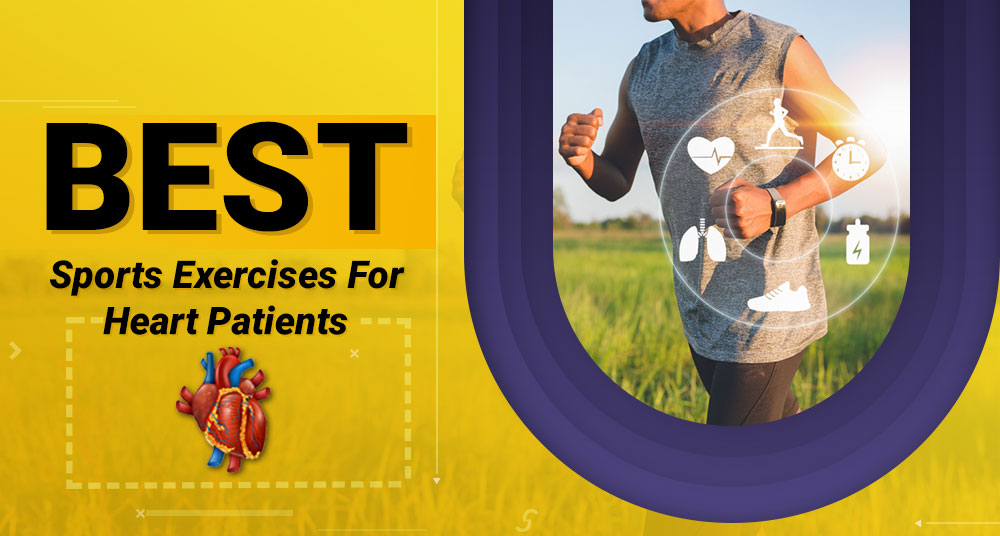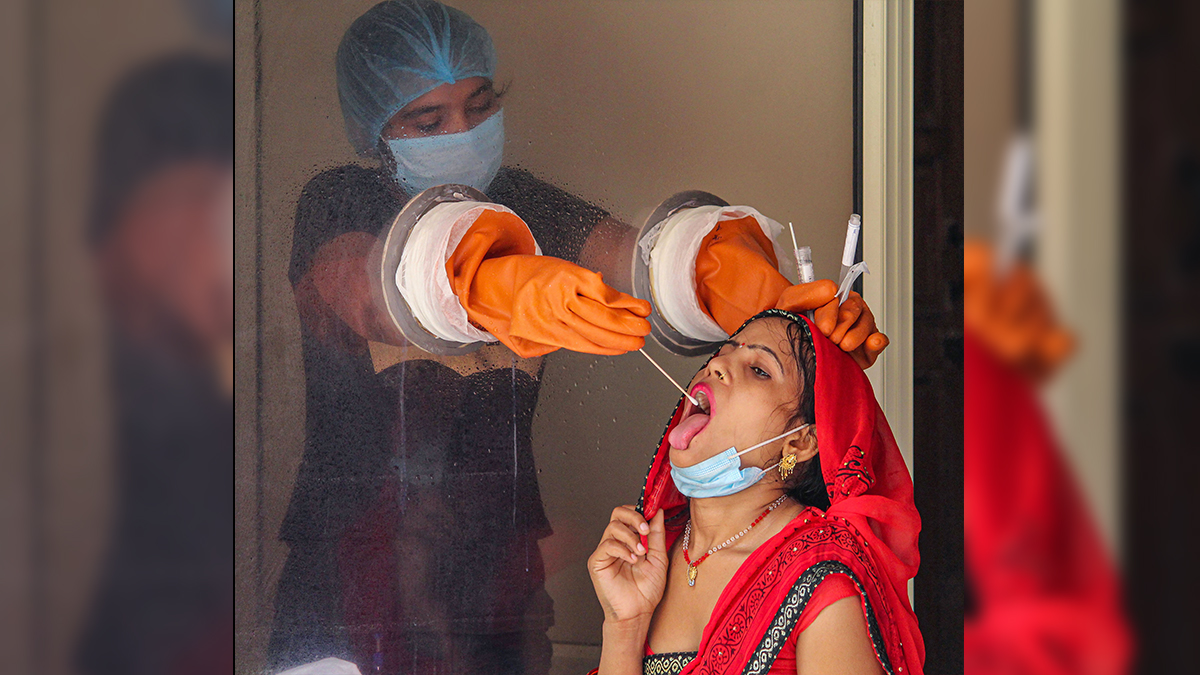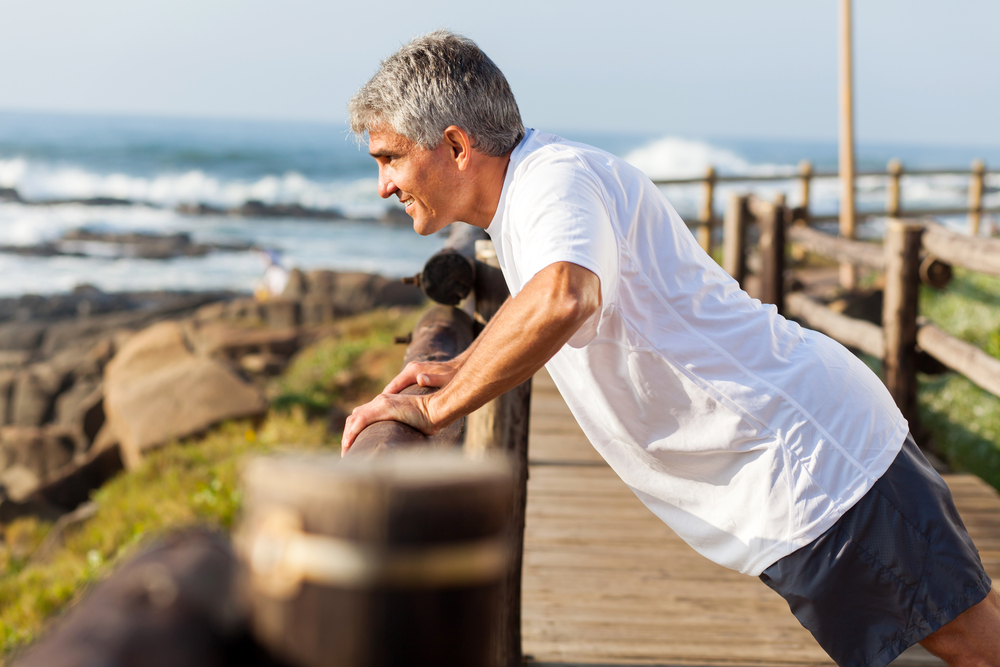Getting daily exercise when you have heart disease is essential. Exercise can make your heart tissue or muscle stronger. Exercise may also help you be more effective without chest pain or other signs.
It may help lower your blood pressure and cholesterol level. If you have diabetes, it can help you manage your blood sugar. Daily exercise can help you lose weight, and you will also feel better. Exercise will also benefit to keep your bones strong.
How Are Physical Exercise and Sports Connected to Heart Health?
The Heart and Stroke Foundation states that regularly exercising people can lower their risk of falling from heart blood pressure monitor and pills disease by nearly 50 percent. By maintaining a healthy lifestyle that comprises a balanced diet, sports, and exercise, one can:
- Lower blood pressure;
- Lower cholesterol;
- Decrease risk of stroke, heart disease, and diabetes;
- Lose weight (excess gut fat can influence heart health);
- Lower risk of heart arrhythmia; and
- Lower anxiety, stress, which can also affect heart health.
Aerobic Exercise (“cardio”):
Aerobic exercise promotes blood circulation, which results in reduced blood pressure and heart rate. Also, it increases your overall aerobic fitness, as measured by a treadmill test, for instance, and it helps your cardiac output (how well your heart pumps). Aerobic exercise also decreases the risk of type 2 diabetes and, if you already live with diabetes, helps you control your blood glucose. Fildena 100mg And Super P Force also treat control high blood pressure problems in many adult men.
Weight Training Exercises:
Weight training is vital for people with heart disease. Besides building muscle mass, which will help you burn fat, weight training is also suitable for bone health and your heart. For deciding what type of weight training to do, using your body weight can be highly effective. The challenge is incorporating proper progression, which suggests adjusting the tempo of your actions to increase the difficulty. For instance, once you can do twenty push-ups with comfort, challenge yourself by slowing down and counting to four as you raise yourself up and then again as you lower.
Cycling Activity:
Cycling is a suitable form of exercise to boost your heart health, and it removes the impact force on your activates and joints your muscles. Purchase a road bike and have it prepared by a professional so that your knees can rest in between strokes and so that it can disperse pressure along your spine. Cycling promotes cardiovascular health and lowers blood pressure at the same time.
Swimming:
There are various reasons to give swimming a shot. Spending time near water can be like meditation because it provides the brain a break from the regular overstimulation people often experience in modern life. It is low impact; unlike plyometric training or jogging, swimming is a way to fit cardio into your workout routine without putting anxiety or stress on your bones, tissues, and joints. It is a plus-four swimmer of all ages and body types, but it’s beneficial for seniors and people with arthritis. It’s one of the best things to stay active while taking care of all parts of your body and the heart.
Running:
Running is one of the most accessible forms of exercise to keep your heart healthy. You don’t even require any equipment or gym membership for running. It would help if you got up, wear your apparel, put on your running shoes, and start running. Running helps lower your levels of BMI and cholesterol, which helps reduce the risk of heart diseases. Running also helps in the production of new blood vessels resulting in better blood flow.
Dancing:
What’s the best action to stick with an exercise program? Have fun! Dancing is a playful way to improve your heart’s stamina. Rhythm dancing, two-stepping, or just doing the twist in your living room for 30 minutes will help defend you from a future heart attack and keep your spirits up. It’s even more entertaining if you stroll down and get your heart rate up with a partner! You may also enjoy exercise classes that include dance, such as Zumba or WERQ Fitness.
Stretching & Flexibility:
Stretching, tai chi, yoga develop flexibility and core strength for heart failure individuals and other types of heart illness (and for anybody else). Flexibility exercises provide better balance, range of motion, and joint movements and are suitable for preventing injuries or strain.
It can adapt flexibility workouts like gentle yoga to any fitness or activity level. It linked the ancient practice of tai chi to several health benefits, comprising fall reduction and improved blood pressure. Ask your doctor about the most suitable stretching exercises to meet your specific health goals.
Take the stairs:
If there are stairs where you pass, you can climb them gradually when you get home from the hospital.
Be mindful that walking up the stairs takes more energy, so take your time and sitting down if you require it. Slowly increase the number of stairs you climb and how fast you climb them.
Mind-body workouts:
Tai Chi, an antique Chinese series of flowing, slow, circular exercises, has been found to help those with mild high blood pressure and is a relaxing mind-body exercise. The American Heart Association publishes yoga may lower blood pressure and cholesterol and help people after a heart bypass or heart attack to deal with their emotions or feelings of stress or depression. Yoga exercise also helps to improve erectile dysfunction problems in men. Fildena 50 and Vigora 100 is the best remedy to treat ED.
Key takeaways:-
- Staying physically alive is a crucial part of looking after your heart.
- Before you are active, talk to your doctor, nurse, health worker, or cardiac improvement team to start suitable activities.
- It’s necessary to follow your doctor’s advice and slowly build up your activity.
- Never keep your breath when lifting weights.




